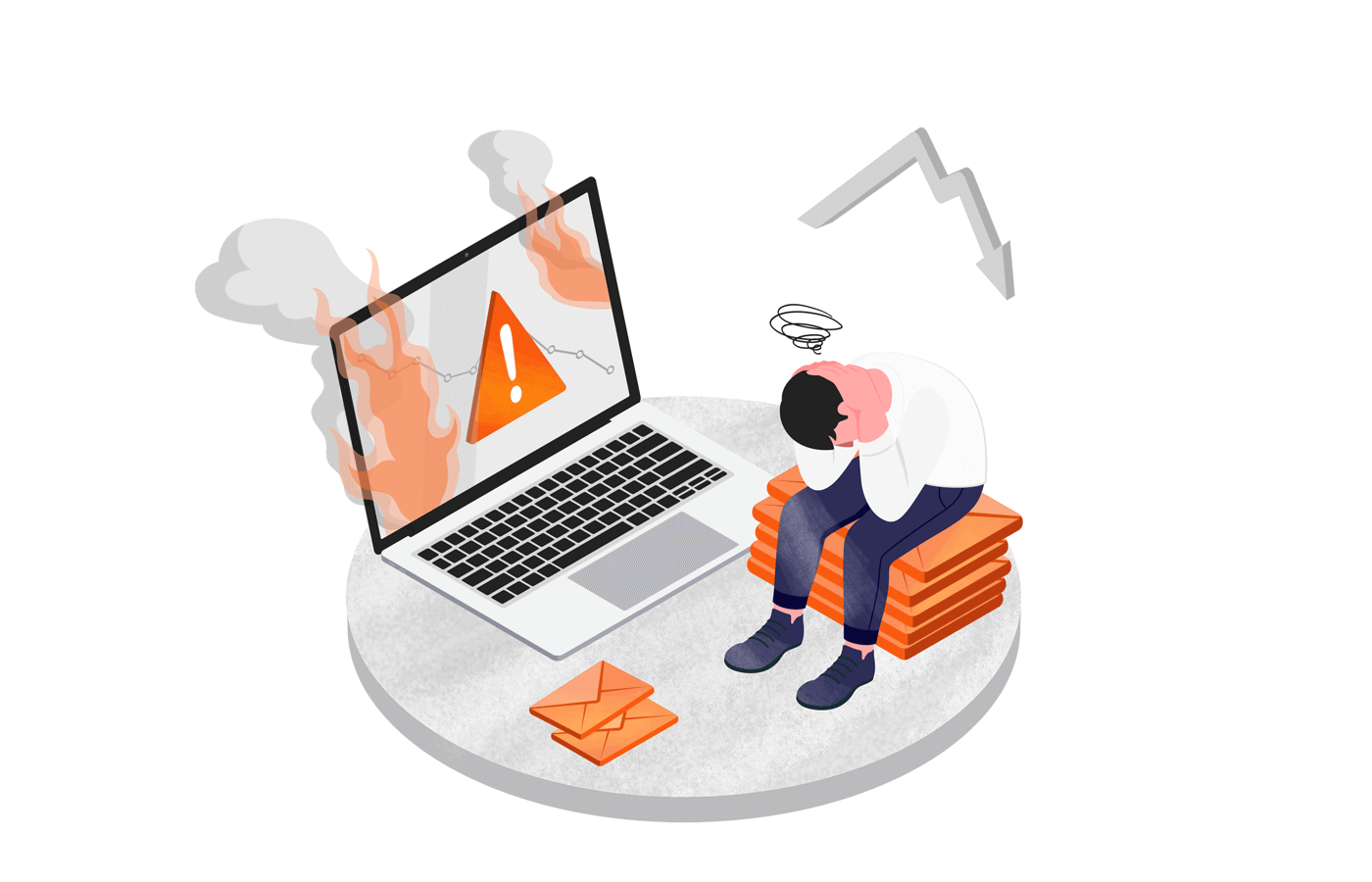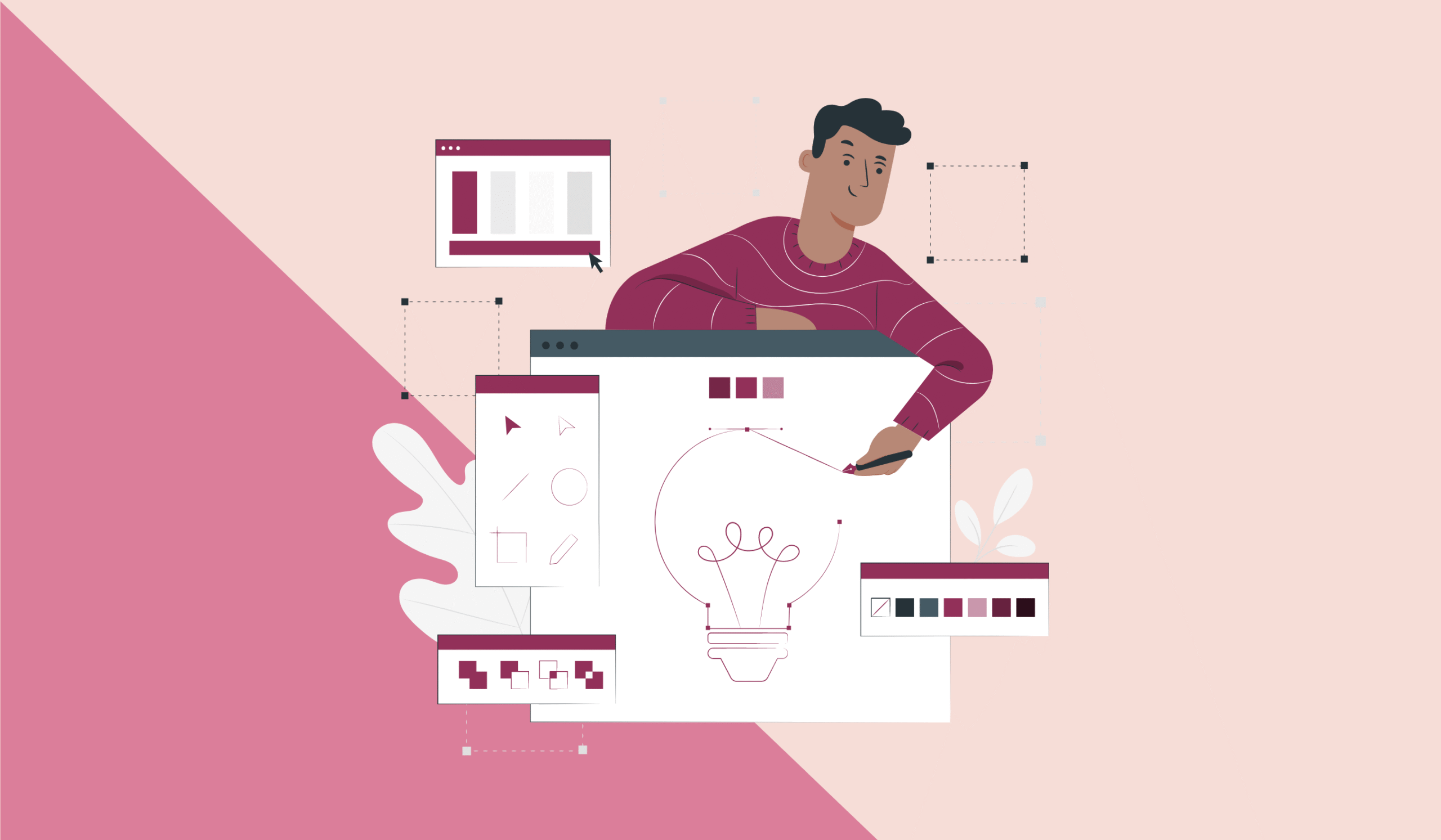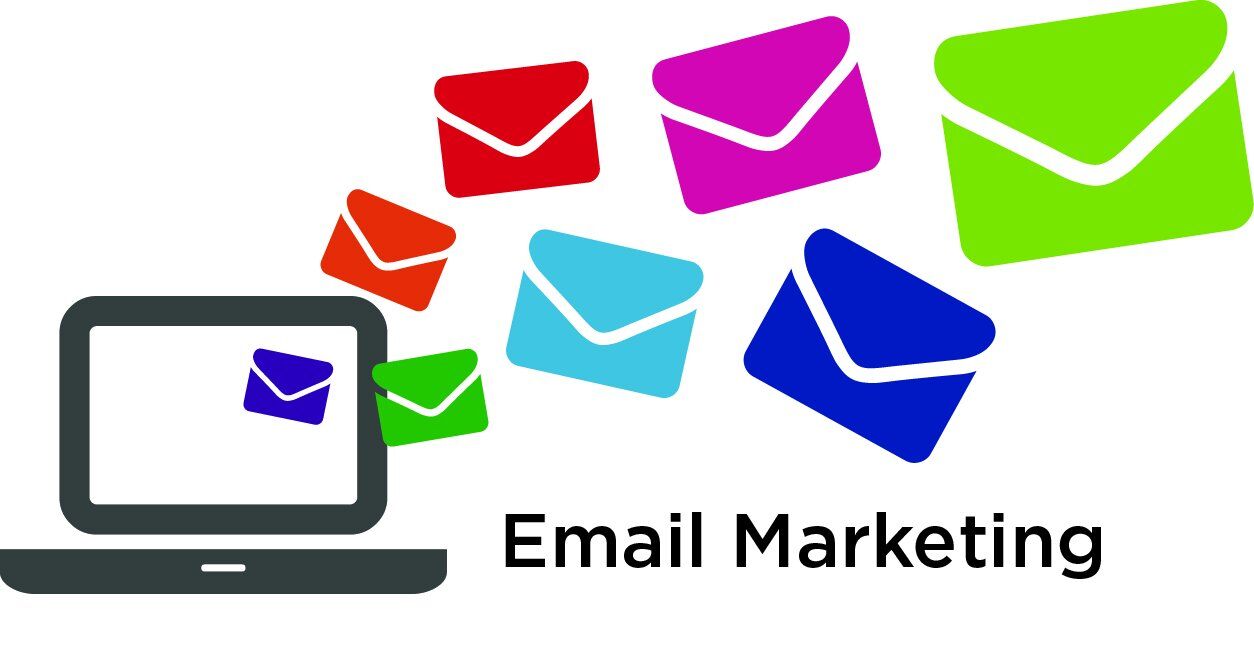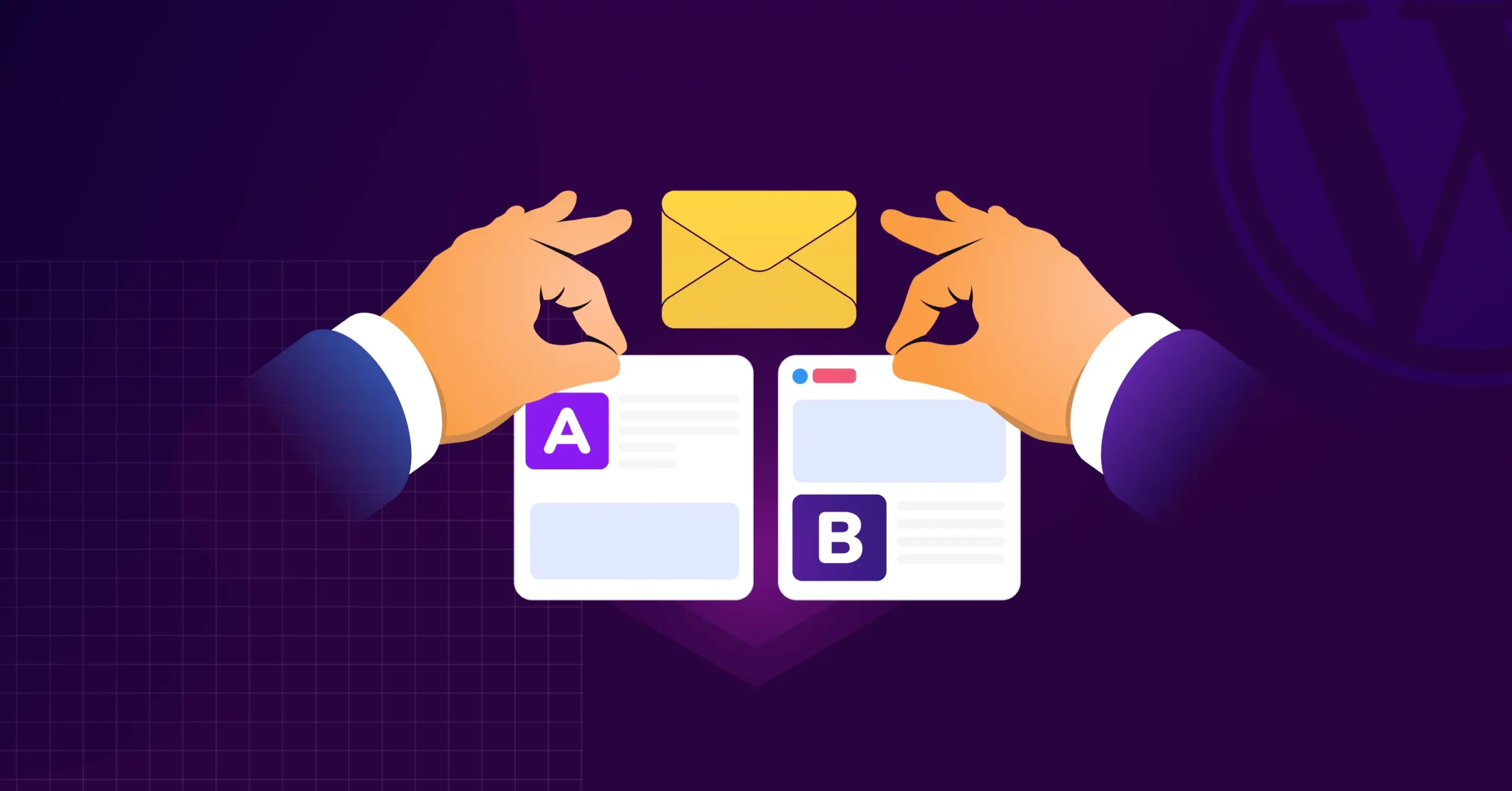
You’ve probably heard the old saying, “comparison is the thief of joy.” Well, in email marketing, comparison can actually be your best friend. Unsure about the right subject line? Wondering what time to send? Debating whether a button or a link works better? That’s exactly where A/B testing comes in.
Our State of the Connected Customer report revealed that nearly two-thirds of customers expect companies to adapt to their changing needs. That’s hard to do with just one version of an email. By sending different versions—whether it’s the subject line, preview text, call-to-action, or even the send time—you gain insights into what resonates best.
In this guide, we’ll walk through how A/B testing works, common challenges, best practices, and how AI is making it faster and smarter than ever.
What is Email A/B Testing?
At its core, email A/B testing is the practice of sending two different versions of an email to see which one performs better. Version A goes to one part of your audience, Version B to another. The goal? Discover which variation drives more opens, clicks, or conversions.
Why is email such a great testing ground? Simple: the responses are binary. Either someone opens the email or they don’t. Either they click the link or they don’t. This makes it easier to measure results and adjust accordingly.
Here are the most common elements you can test:
- Subject line: Which phrasing gets more opens?
- Preheader text: That little preview line can make or break engagement.
- Call-to-action (CTA): Does “Shop Now” beat “See What’s New”?
- Content: Test different tones, structures, or offers.
- Images: Visuals can dramatically impact clicks.
- Timing: Send at different hours or days to spot the best window.
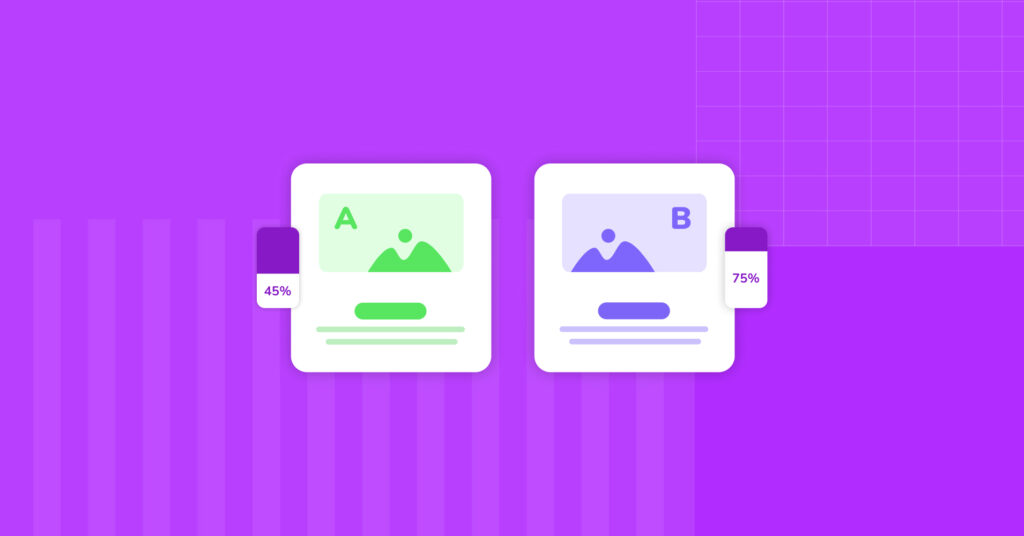
ALSO READ: 10 Common Email Marketing Mistakes to Avoid
How Does Email A/B Testing Work?
The process is straightforward, but each step matters:
- Select your variable: Decide what you’re testing—subject line, CTA, image, etc.
- Create variations: Keep everything the same except for the one element you want to test.
- Randomly split your audience: This ensures a fair and representative sample.
- Send at the same time: Avoid skewing results with different send windows.
- Collect data: Track metrics like open rates, click-through rates, and conversions.
- Analyze the results: Identify the winning version and apply those insights.
- Optimize for the future: Keep iterating—each test makes your emails stronger.
Think of each test as a puzzle piece. Individually, it may not tell you the full story, but together they reveal a clear picture of your audience’s preferences.
Best Practices for Effective A/B Testing
Running tests without a plan is like shooting arrows in the dark. To get meaningful results, keep these practices in mind:
- Set realistic goals. Define what you’re aiming for—higher open rates, better clicks, or more conversions. Be specific (e.g., “increase open rates by 5%”).
- Test one element at a time. Don’t muddy the waters by changing too much at once.
- Segment your audience. Test with relevant groups—people who’ve shown interest in a product will respond differently than casual subscribers.
- Consider outside factors. Time zones, email clients, and even current events can skew results.
Patience is key. Look beyond one test—consistent testing over time gives you the most reliable data.
Common Challenges in Email A/B Testing
Like anything in marketing, A/B testing has its hurdles:
- Misaligned goals: Testing for the sake of testing won’t get you anywhere. Always tie it back to your objectives.
- Small sample sizes: Without enough data, your results might not be accurate.
- Misinterpreting results: Did the subject line perform poorly because of punctuation, or was it the tone? Looking at the bigger picture matters.
Success in A/B testing depends on the interplay of many factors—content, design, audience behavior—not just one element in isolation.
How A/B Testing Improves Performance
The real power of A/B testing is in its snowball effect. Each test sharpens your messaging, which leads to better engagement, which generates better data for your next test.
Over time, this cycle helps you achieve:
- Higher open rates
- More clicks
- Stronger conversions
It’s about constant refinement—sculpting your emails into versions that truly connect with your audience.
How to Get Started with Email A/B Testing
If you’re ready to dive in, here are six steps to launch your program:
- Pick the right platform – Choose tools that let you measure the metrics that matter most to your goals.
- Define your strategy – Outline what you’ll test and how you’ll evaluate success.
- Build your subscriber base – The larger your list, the more accurate your tests will be.
- Gather accurate data – Regularly check tracking and validation processes to ensure reliable metrics.
- Segment your audience – Personalization increases the impact of your tests.
- Automate the process – Automation helps you save time while keeping testing consistent.
Tip: Don’t start testing until you have the infrastructure to track and analyze results. Without it, you risk wasting time and effort.
How AI is Transforming Email A/B Testing
Here’s where things get exciting. Artificial intelligence is taking A/B testing to the next level.
- Predictive AI can identify the best send times for each individual subscriber based on past behavior.
- Generative AI makes it easy to create scalable variations of content—subject lines, copy, even images—without starting from scratch.
- AI-powered segmentation helps divide your audience into highly targeted groups.
- Predictive analytics highlight which variations are most likely to succeed.
- Dynamic content lets emails adapt in real time based on user behavior or preferences.
- Automation enables continuous testing and optimization without manual effort.
In short: AI reduces guesswork, speeds up testing, and makes personalization more precise.
What’s Next for Email A/B Testing?
The future is clear: AI and A/B testing will work hand-in-hand. Predictive models will anticipate what customers want, while generative tools will create personalized versions at scale.
This means:
- More tailored experiences for subscribers.
- Faster and smarter testing cycles.
- Deeper insights that fuel long-term engagement.
We’re entering a new era of email marketing—one where personalization isn’t optional, it’s expected. And A/B testing, powered by AI, is your ticket to staying ahead.

